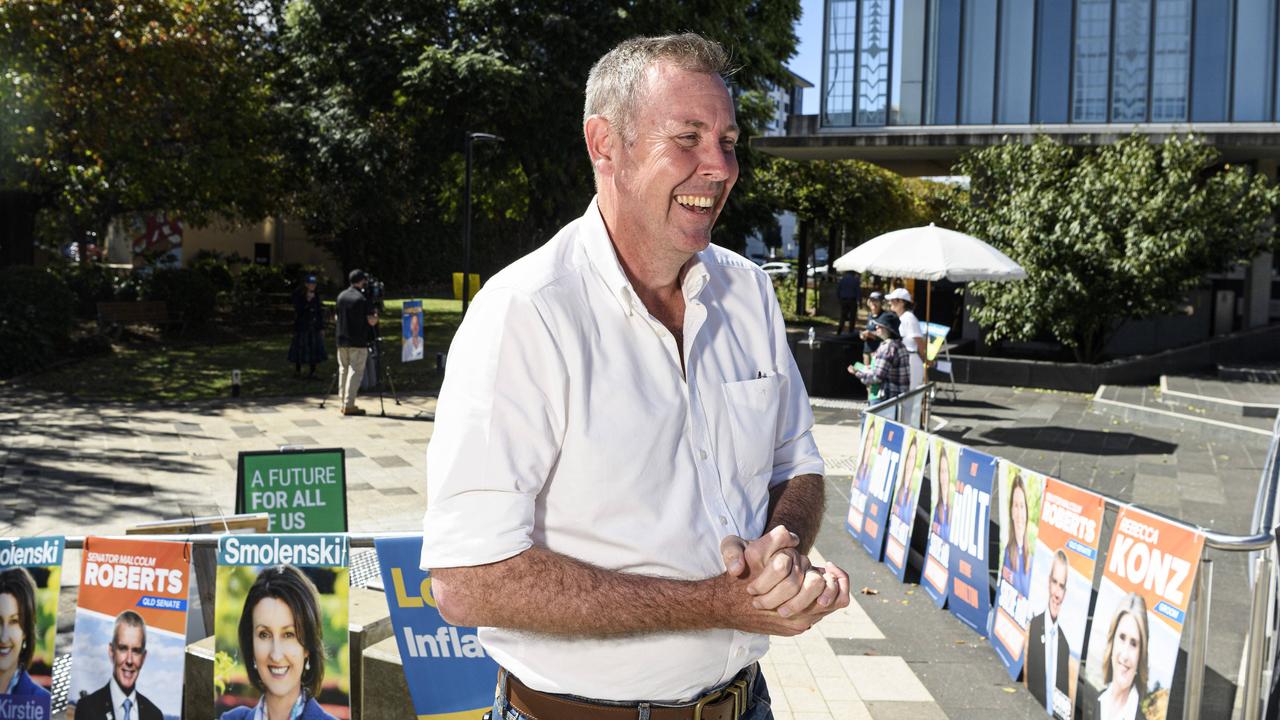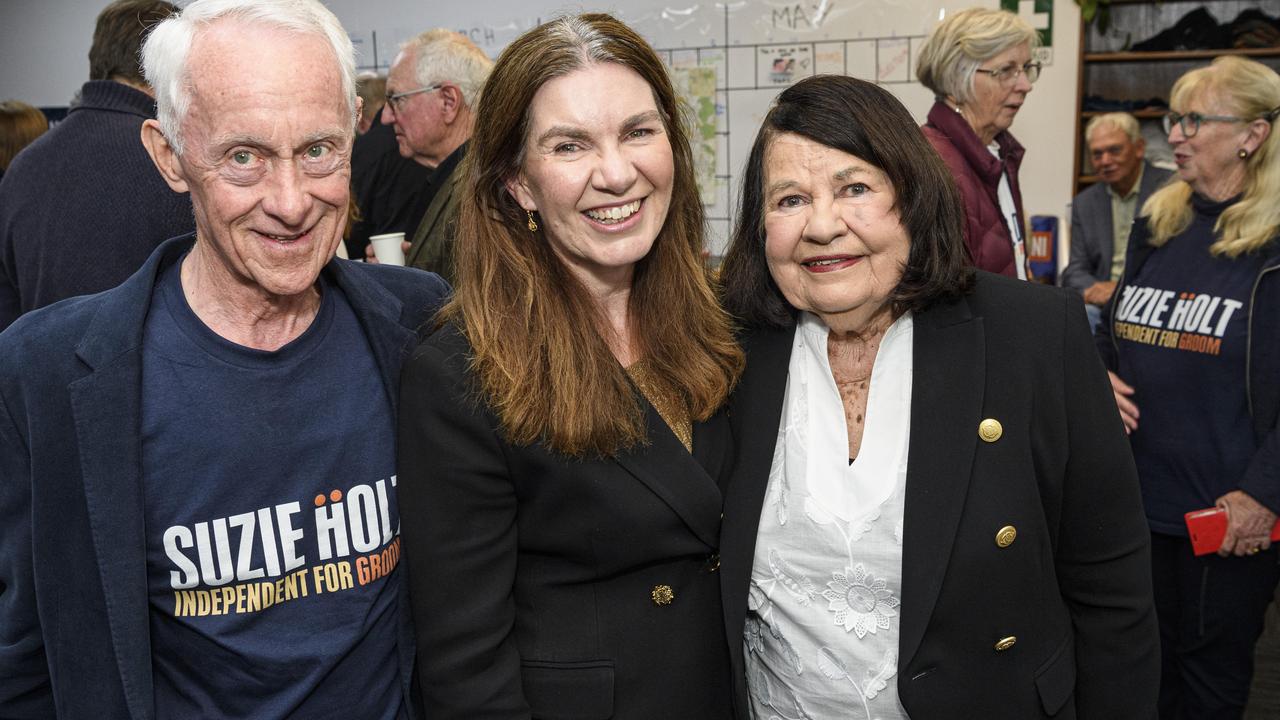Nuclear debate: University of Southern Qld Associate Professor Andreas issues warning over Australia’s energy future, offers hope for Coalition plan
As both Queensland and Australia finds itself in a debate over nuclear power, one leading expert has issued a dire warning for the nation to secure its energy future, which offers some hope to the Coalition’s plan.
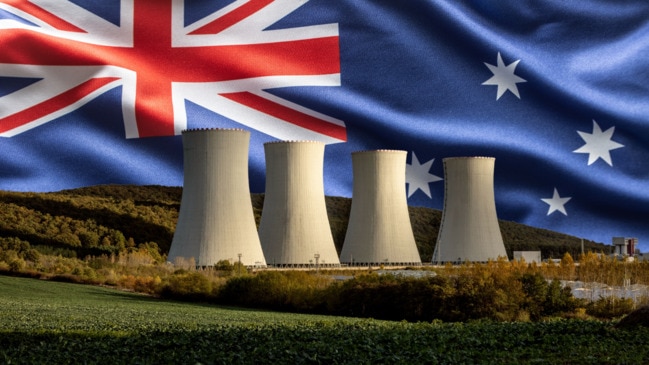
Toowoomba
Don't miss out on the headlines from Toowoomba. Followed categories will be added to My News.
The fabric of society in Queensland and Australia could “unravel” if serious issues within the country’s energy market aren’t resolved — and nuclear energy could be part of the solution.
That’s the view of a leading Darling Downs academic and specialist, who has urged our politicians to stop listening to lobbyists and develop a new strategy that includes a national energy reserve policy.
University of Southern Queensland Associate Professor Andreas Helwig’s comments come as the state is faced with the prospect of hosting two nuclear reactors — one of which would be built just kilometres from the Toowoomba region’s border at Tarong.
Opposition Leader Peter Dutton has pledged to build seven nuclear power stations in Australia by 2050 to replace the nation’s ageing coal-fired stations and provide baseload power for the electrical grid.
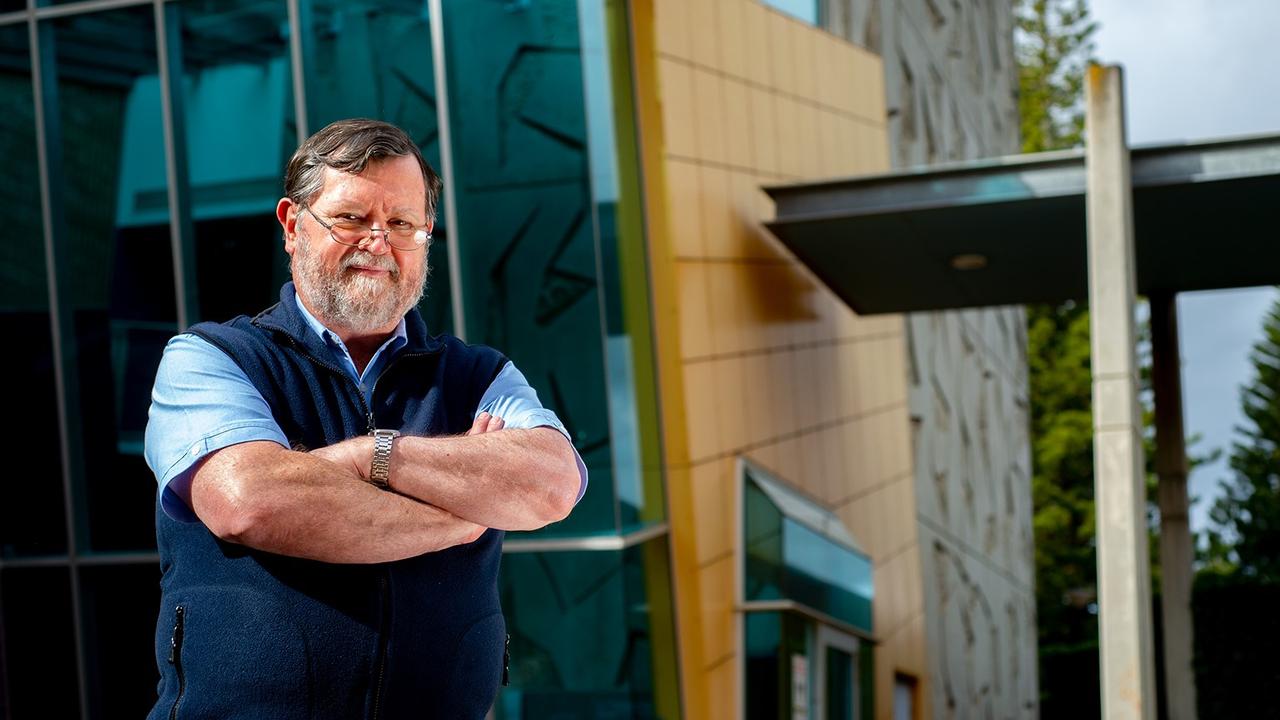
The plan has earned enthusiastic praise from Groom MP Garth Hamilton and nuclear advocates, while Labor, the Greens and environmental groups have slammed it as unworkable.
Prof Helwig said the proposal was “technically feasible” and had plenty of upsides, but also came with hidden costs and potentially catastrophic environmental impacts.
The expert in electromechanical engineering said the simple replacement of nuclear for coal did not address issues with both Queensland and Australia’s energy market, which was becoming more unstable and less competitive in a global economy.
This was being driven by the proliferation of renewable energy into the grid without sufficient accompanying technology to even out its peaks and troughs.
“Nuclear power is technically feasible, but if you look at the National Electricity Market (NEM), yesterday in Queensland our wholesale electricity prices ranged from minus-$19 to $454,” Prof Helwig said.
“We’re seeing these enormous swings the more renewable energy we have, it means even if we have baseload, the swings between these two prices can get enormous.
“It’s not as bad in summer, but the average cost of a 24-hour period is $224, which is up from $80-$130 about five years ago.”
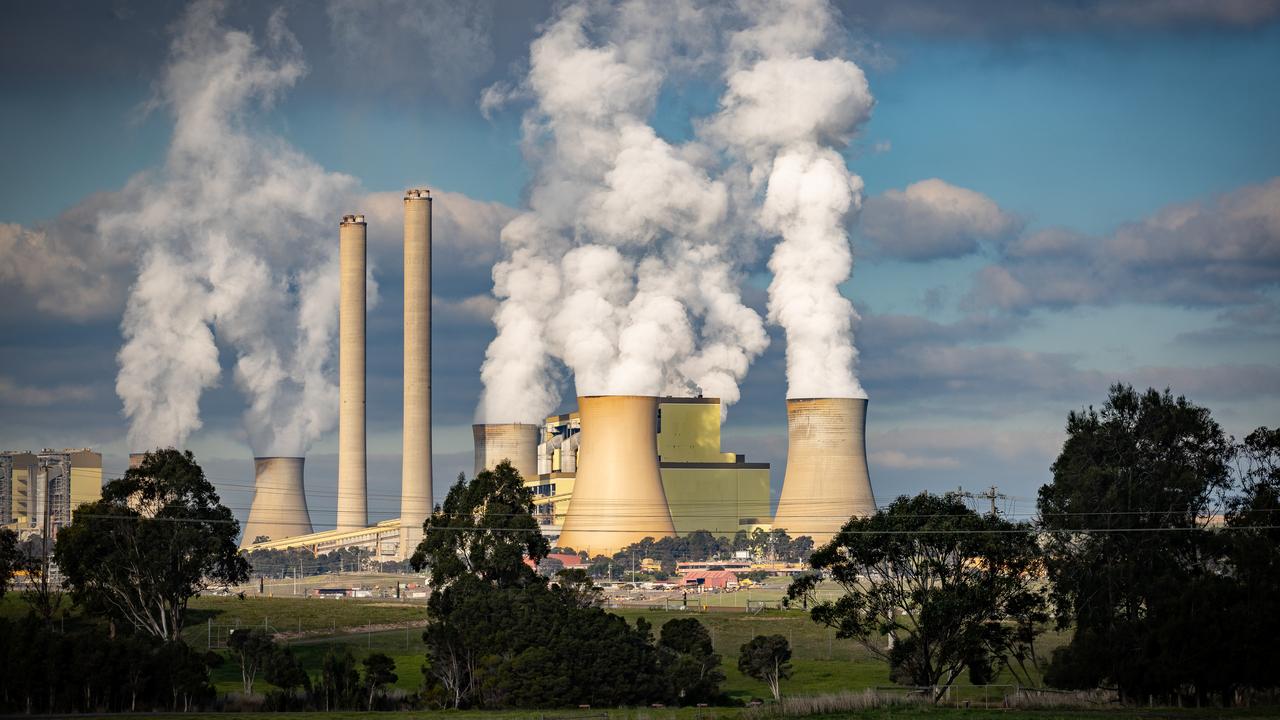
Prof Helwig said these issues could not be fixed by introducing nuclear, but rather giving the nation a genuine energy reserve policy that would ensure excess power from coal, gas, solar, wind, hydro and nuclear could be released at peak periods.
He stressed Australia’s economic and social wellbeing could be at risk if this wasn’t addressed.
“Grid stability is the first priority, and the second priority is creating a globally affordable energy cost, (and) the third is an energy reserve policy which would recover energy from renewable,” Prof Helwig said.
“We’ll have times of over-generation and under-generation (so) we will have to deploy battery energy storage across our NEM grid to balance our this variability.
“(But) batteries are expensive and they have a life of 10 to 15 years, so there’s a capital renewable price.
“You still need pumped hydro storage and hydrogen (as well).
“If we lose these two things (stability and price) in this process of going towards renewables (without storage capabilities), we will have problems in the next 20 years — the fabric of society might unravel.
“Could you imagine traffic lights going off for four hours, not being able to transact payments due to brownouts?”
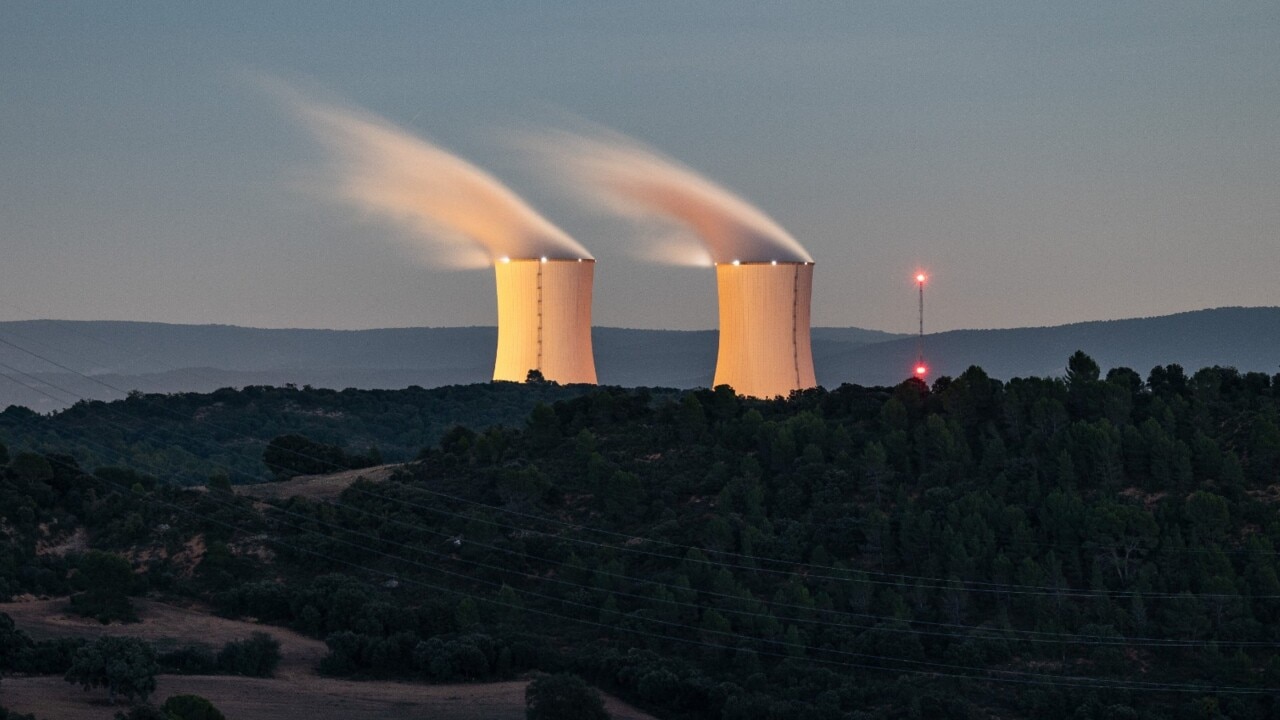
Prof Helwig stressed he was not opposed to renewable energy sources like solar and wind, which he said were generally cheaper forms of production during their viable hours of operation.
“Renewables are really cheap to run when there’s sun and wind,” he said.
Hidden cost of nuclear revealed amid national conversation
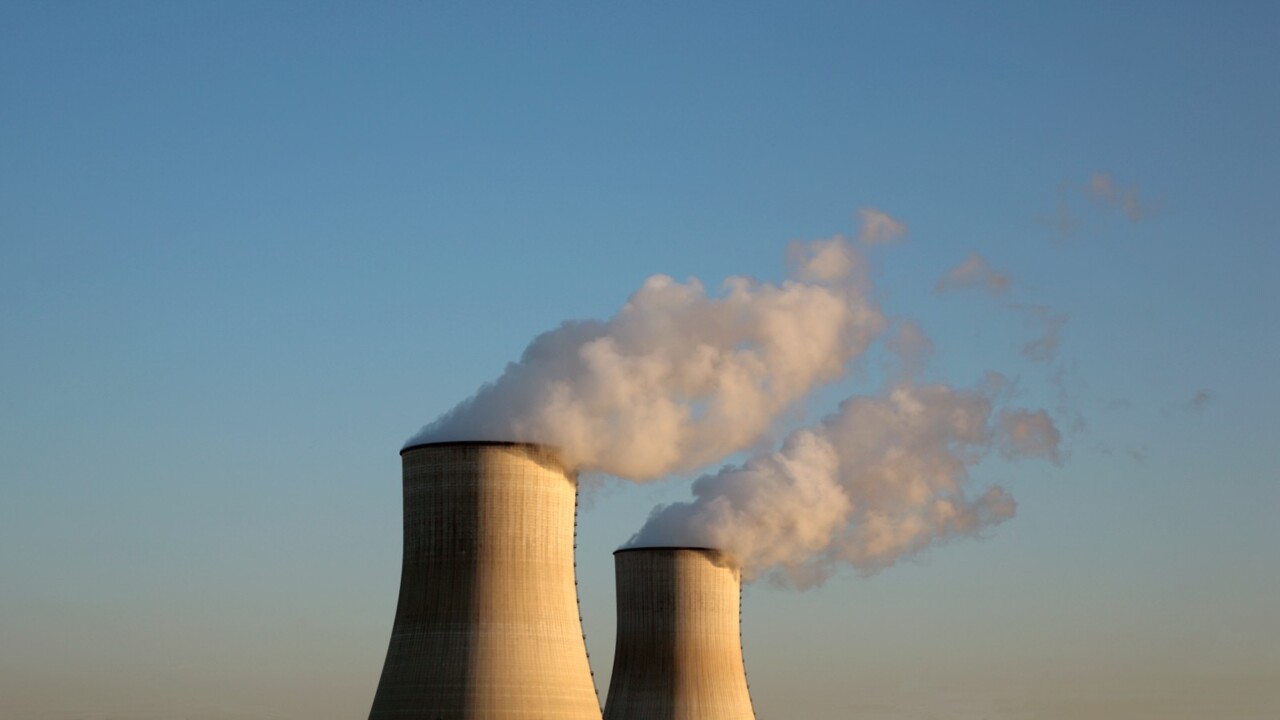
While the expected cost per megawatt for nuclear-generated electricity remains a national debate, Prof Helwig pointed out a hidden cost to nuclear that wasn’t being highlighted by advocates like Mr Dutton that made it less competitive.
“There are 500 reactors (around the world) that have reached the end of their lives, and only 25 have actually been decommissioned,” he said.
“If you look at France, they’re averaging about $120 per megawatt hour (for nuclear) — that’s the cost of electricity, not including decontamination.
“The predicted costs (in the media) do not include the end-of-life costs, it should include and extra $40-$70 as a (contribution to a) sinking fund so our kids and grandkids don’t have to pay the bill for clean-up.
“That’s $160 to $190 (with that cost included).
“How do we get these things in place to protect our future generations? Someone’s got to pay the bill for that.
“If you look at our Rio Tinto uranium mine (in the Northern Territory), that has been closed and left us an $800m clean-up bill.”
Prof Helwig also said nuclear had limited scalability compared to coal due to the nature of its thermal energy production.
“Nuclear power could compete in the winter, however when you go to summer, the situation is different in Queensland,” he said.
“It would actually push the price of nuclear, because nuclear power plants don’t like to operate at below 50 per cent capacity.”
As for the cost of construction, Prof Helwig said nuclear plants would suffer from the same problem as other energy projects, which would push up prices.
“You need a lot of concrete and steel and Australia can supply that, but the equipment side of it, which is 20-30 per cent of the cost, we are at the end point,” he said.
“We don’t have the industries here required to safely extract energy and in a nuclear industry where cooling technology is paramount, this is where it will cost us a premium.”
Call for national conversation about energy
Prof Helwig said the nation’s leaders needed to start taking a “realistic” approach to Australia’s energy future, bemoaning the lack of nonpartisan bodies that could advise each side of politics on the issue.
“I try to be realistic about this, there is no one voice at the moment that is non-political and realistic,” he said.
“We don’t have this realism, we’re a fractured society because our in-house knowledge is diminishing.
“This is why it’s so difficult for the public to understand who is telling what part of the truth.
“We have the technology to do it, but the political and social will is not allowing for the staged and incremental change from centralised power to distributed power and renewable and alternative energy sources.”
More Coverage
Originally published as Nuclear debate: University of Southern Qld Associate Professor Andreas issues warning over Australia’s energy future, offers hope for Coalition plan





